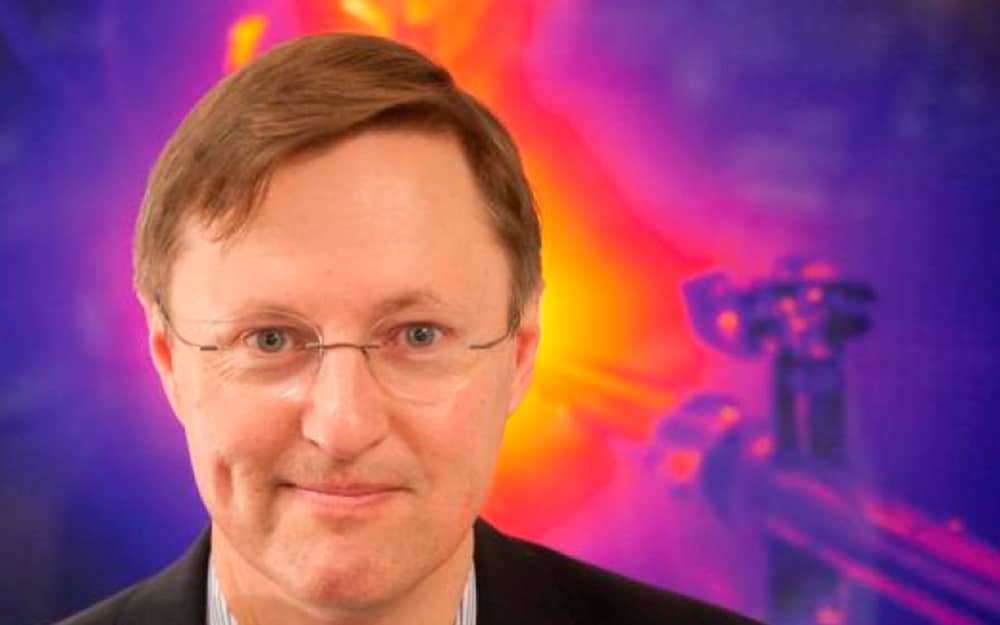Dr. Frenje’s research is conducted in the areas of High-Energy-Density-Plasmas (HEDP), Inertial Confinement Fusion (ICF), and nuclear physics. Together with his students, a wide range of diagnostics are built and used to support of the ICF programs at the OMEGA laser facility at Laboratory for Laser Energetics at the University of Rochester, the National Ignition Facility (NIF) at Lawrence Livermore National Laboratory, and the Z facility at Sandia National Laboratory, as well as to conduct basic-science experiments at these facilities. In addition, Dr. Frenje has pioneered a new field of research, called plasma nuclear science, which blends the disciplines of plasma and nuclear physics. In his pioneering experiment, he demonstrated for the first time that an ICF facility and HEDP can be used to study basic nuclear physics.
Dr. Frenje has authored/co-authored about 300 peer-reviewed journal papers. He was elected a member of the Executive Committee for the High Temperature Plasma Diagnostics (HTPD) conference in 2014; the Executive Steering Committee for the National Diagnostic Planning effort, initiated by the National Nuclear Security Administration (NNSA) (2014–); and member and Chair of the Executive Committee of the Omega Laboratory Users Group (2016–). He was also chairing the ICF-HEDP National Ignition Implosion Physics (NISP) Working Group, an effort initiated by NNSA in 2015-2018; a panel member of the DOE High-Energy-Density Laboratory Physics (HEDLP) ReNew Panel 2009; a member of the NNSA Basic Research Directions on User Science at the NIF panel in 2010; and panel lead for the Stagnation properties and burn panel, which was part of the NNSA Review on Science of Fusion Ignition in 2012. He won the APS’s John Dawson Award for Excellence in Plasma Physics Research in 2022, and the Department of Energy Secretary's Honor Award in 2021 and 2022. He is a fellow of the American Physical Society (Division of Plasma Physics).

